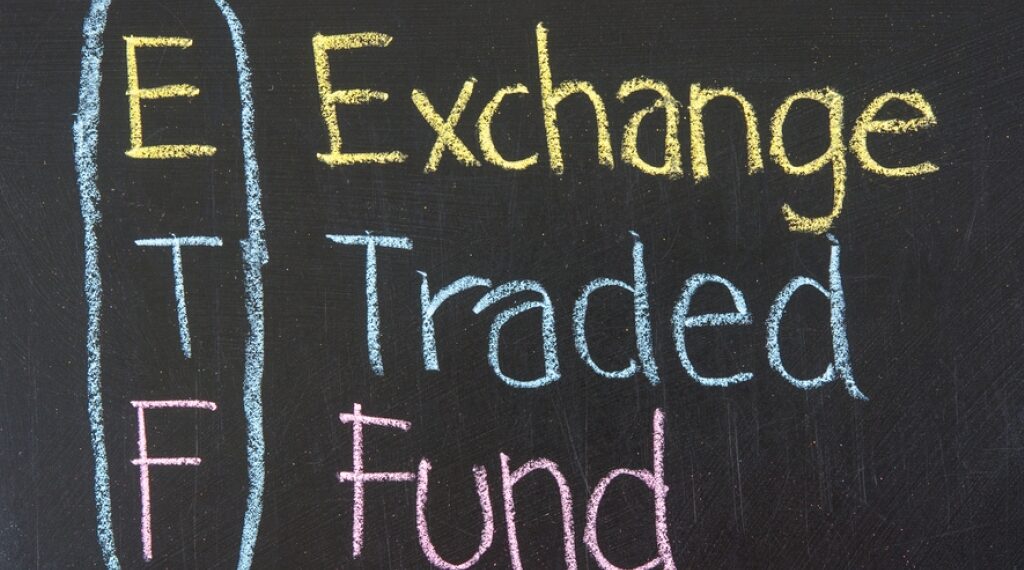Exchange-traded funds are one of the most important and valuable products created for individual investors in recent years. ETFs offer many benefits and, if used wisely, are an excellent vehicle to achieve an investor’s investment goals. Briefly, an ETF is a basket of securities that you can buy or sell through a brokerage firm on a stock exchange. ETFs are offered on virtually every conceivable asset class from traditional investments to so-called alternative assets like commodities or currencies. In addition, innovative ETF structures allow investors to short markets, to gain leverage, and to avoid short-term capital gains taxes.
After a couple of false starts, ETFs began in earnest in 1993 with the product commonly known by its ticker symbol, SPY, or “Spiders,” which became the highest volume ETF in history. In 2021, ETFs are estimated at 5.83 trillion dollars with nearly 2,354 ETF products traded on US stock exchanges.
Types of ETFs
- Market ETFs: Designed to track a particular index like the S&P 500 or NASDAQ
- Bond ETFs: Designed to provide exposure to virtually every type of bond available; US Treasury, corporate, municipal, international, high-yield and several more
- Sector and industry ETFs: Designed to provide exposure to a particular industry, such as oil, pharmaceuticals, or high technology
- Commodity ETFs: Designed to track the price of a commodity, such as gold, oil, or corn
- Style ETFs: Designed to track an investment style or market capitalization focus, such as large-cap value or small-cap growth
- Foreign market ETFs: Designed to track non-US markets, such as Japan’s Nikkei Index or Hong Kong’s Hang Seng index
- Inverse ETFs: Designed to profit from a decline in the underlying market or index
- Actively managed ETFs: Designed to outperform an index, unlike most ETFs, which are designed to track an index
- Exchange-traded notes (ETNs): In essence, debt securities backed by the creditworthiness of the issuing bank, which were created to provide access to illiquid markets; they have the added benefit of generating virtually no short-term capital gains taxes
- Alternative investment ETFs: Innovative structures, such as ETFs that allow investors to trade volatility or gain exposure to a particular investment strategy, such as currency carry or covered call writing
How ETFs work
An ETF is bought and sold like a company stock during the day when the stock exchanges are open. Just like a stock, an ETF has a ticker symbol and intraday price data can be easily obtained during the course of the trading day.
Unlike a company stock, the number of shares outstanding of an ETF can change daily because of the continuous creation of new shares and the redemption of existing shares. The ability of an ETF to issue and redeem shares on an ongoing basis keeps the market price of ETFs in line with their underlying securities.
Although designed for individual investors, institutional investors play a key role in maintaining the liquidity and tracking integrity of the ETF through the purchase and sale of creation units, which are large blocks of ETF shares that can be exchanged for baskets of the underlying securities. When the price of the ETF deviates from the underlying asset value, institutions utilize the arbitrage mechanism afforded by creation units to bring the ETF price back into line with the underlying asset value.
Advantages of ETFs
The appeal of ETFs:
- Easy to trade – You can buy and sell any time of the day, unlike most mutual funds that trade at the end of the day
- Transparency – Many ETFs are indexed based; index-based ETFs are required to publish their holdings daily
- More tax efficient – ETFs typically generate a lower level of capital gain distributions relative to actively managed mutual funds
- Trading transactions – Because they are traded like stocks, investors can place a variety of order types (e.g., limit orders or stop-loss orders) that can’t be made with mutual funds
Disadvantages of ETFs
However, ETFs do have drawbacks, including:
- Trading costs: If you invest small amounts frequently, there may be lower-cost alternatives investing directly with a fund company in a no-load fund
- Illiquidity: Some thinly traded ETFs have wide bid/ask spreads, which means you’ll be buying at the high price of the spread and selling at the low price of the spread
- Tracking error: While ETFs generally track their underlying index fairly well, technical issues can create discrepancies
- Settlement dates: ETF sales are not settled for 2 days following a transaction; that means as the seller, your funds from an ETF sale aren’t technically available to reinvest for 2 days.

